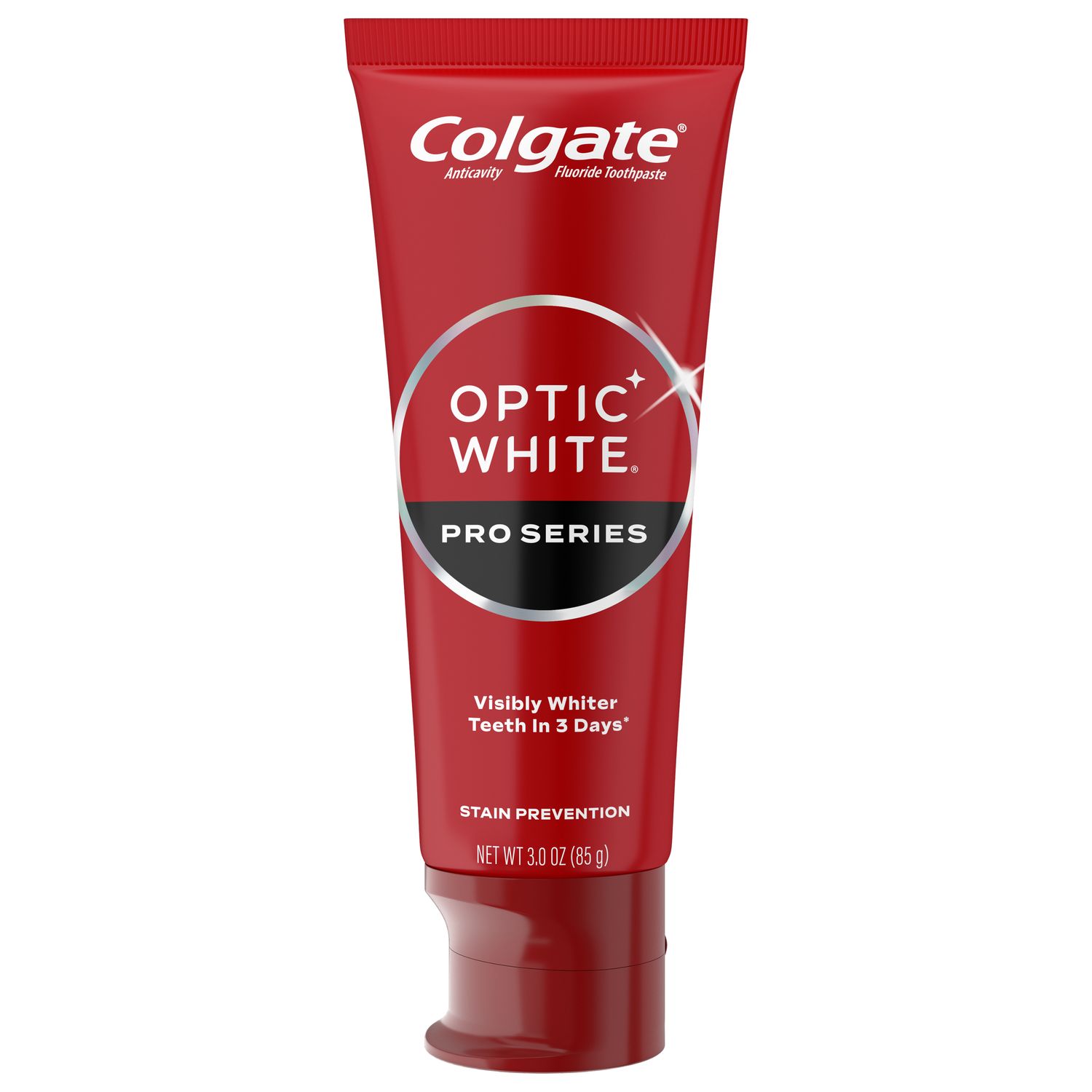-
Top Professional Products



-
Professional Articles
- Caries
- Dry Mouth
- Enamel Erosion
- Gum Issues
- Orthodontics
- Pediatric
- Sensitivity
- Whitening
- Social Responsibility
- Career Development
Try the new Colgate dental stuDENT app today

-
Gum Health Physical Tool
Assess your patients' gum health in your office using this tool and send them home with a personalized report.

-
Oral Health Commitment
- Oral Health Commitment
- Bright Smiles, Bright Futures
- Educational Resources
- Mobile Dental Van
- Volunteer
- Home
- Resources for Dental Hygienists | Colgate® Professional
- Resources for Dental Professionals | Colgate® Professional
- An oldie but goodie: pre-rinsing for all our patients

Quite a number of articles have recently published on pre-procedural rinsing as a way to help reduce oral viral loads! While there are new articles regarding this step in our care, it’s the initial step many of us learned about years ago. Pre-procedural rinses have held an important starting point in our patient’s appointment for quite some time for many of us.
Some things don't change
I believe those of us in the dental field can be proud of the precautions we have been observing for years. Our routine systems have become so repetitious, it is possible we could do some of them with our eyes closed (although we never would).
Pre-procedural rinsing is one of the things we have been doing as we prepare to treat our patients. We’ve taken this step to reduce salivary bacterial loads. In 1991, a double rinse with 0.12% chlorhexidine gluconate (CHX) was found to reduced the salivary bacterial load by 97% and that this persisted for 60 minutes during scaling and root planing. Pre-procedural rinsing was recommended along with other measures in one review to reduce bacterial levels in aerosols at the time of dental care.
What should I use?
While the type of rinse may vary from office to office, the goal remains the same - reducing the salivary bacterial load to then reduce the level of bacteria present in aerosols generated during procedures. Considerations such as taste and efficacy play a part in deciding what to use. Rinses such as Colgate PerioGard, Peroxyl and Colgate Total Pro-Shield Mouthwash are used at home for different reasons. The active ingredients contained in these rinses have also been found to be effective as a pre-procedural rinse (an off-label use). In one study, CHX was shown to reduce the bacterial load in aerosols by 77% compared to no rinse. In a review of rinses containing CHX, cetyl pyridinium chloride (CPC) or essential oils, an overall reduction of almost 65% was found. The greatest reduction was found for CHX (almost 79%), with slightly more than a 61% reduction for CPC and essential oils.
Takeaways
- Preprocedural rinsing is recommended to reduce bacterial loads in aerosols.
- Dental offices have used pre-rinsing as a method to reduce bacterial loads for several decades and continue to do so.
- Some of the procedures recommended are those we have already been doing.
We don't always have to implement breakthrough devices or innovations to care for our patients. Some of the things we do, we can continue to do. The smallest of steps can make a difference.
Related Articles

Practice Management
Managing Whitening ExpectationsUnrealistic expectations about teeth whitening could lead to disappointed patients. Here’s how to anticipate and manage your patient’s expectations for a positive outcome.

Practice Management
Whitening Conversation StartersSome patients come in asking about whitening, others do not. This article should focus on how to begin a whitening conversation. It should include tips on 'openers' for that conversation and also provide examples of several 'openers'. It should include tips on how to ask about any upcoming events that might be a reason to introduce and encourage toothwhitening. Also include tips on how to pivot a conversation to whitening when it is the patient who mentions that they have an upcoming event (but does not ask about whitening).

Practice Management
Professional Whitening: Partnering with fellow Dental Team MembersThis article should discuss how RDH can best partner with other members of the dental team. It should provide tips on how to do so, and including to discussing how each member contributes to patients wanting and receiving whitening treatments, how to all 'sing from the same sheet' on information and discussions about whitening with patients. The roles of each individual should be also be discussed.
Related Products

Help Keep Patients More Informed
Share articles, videos and PDFs to help your patients learn more about specific conditions and effective treatments for a healthier smile.





